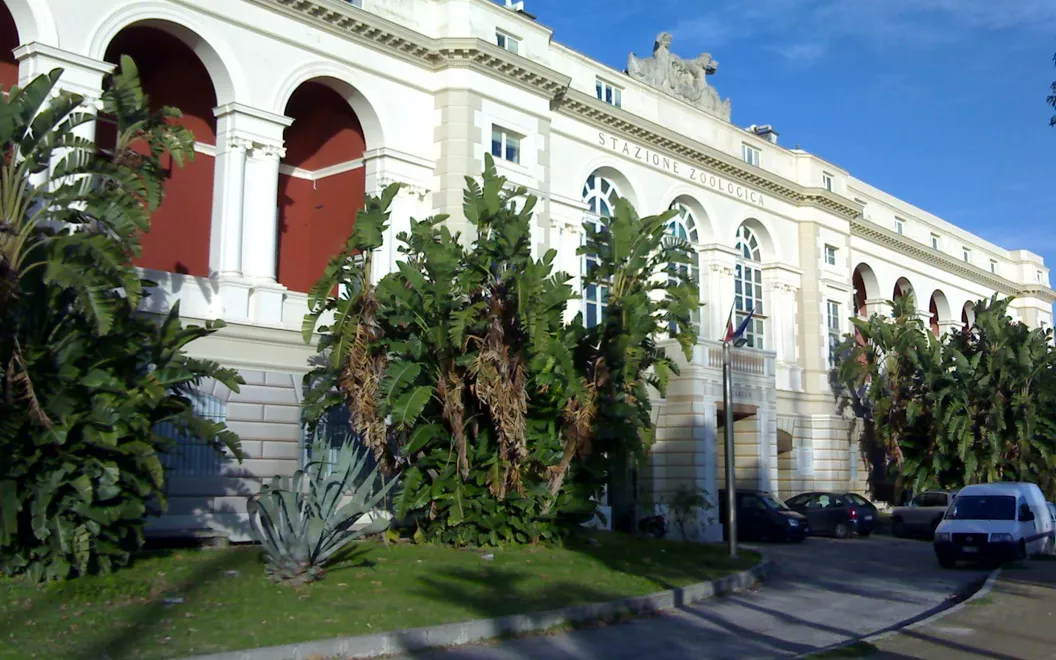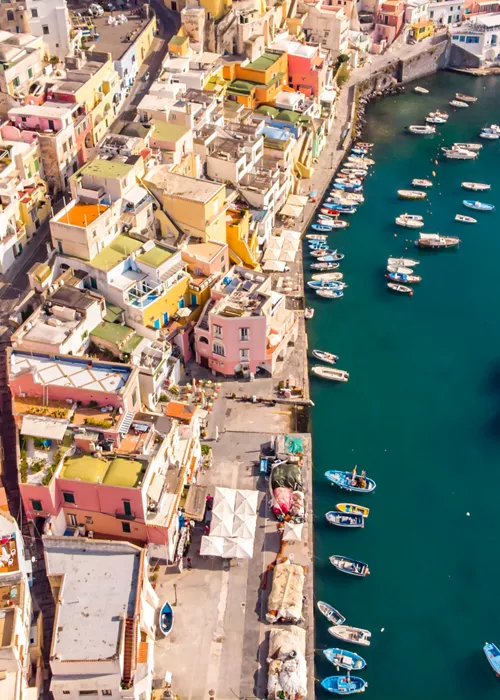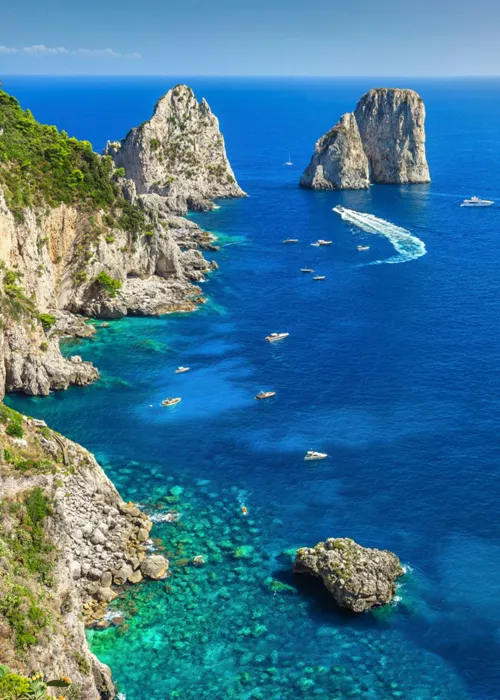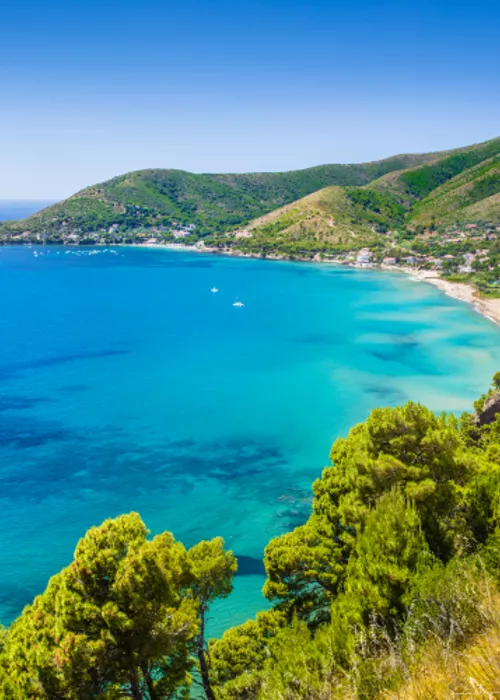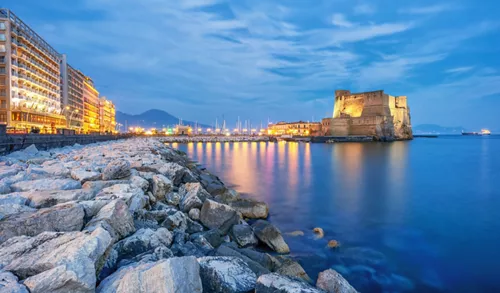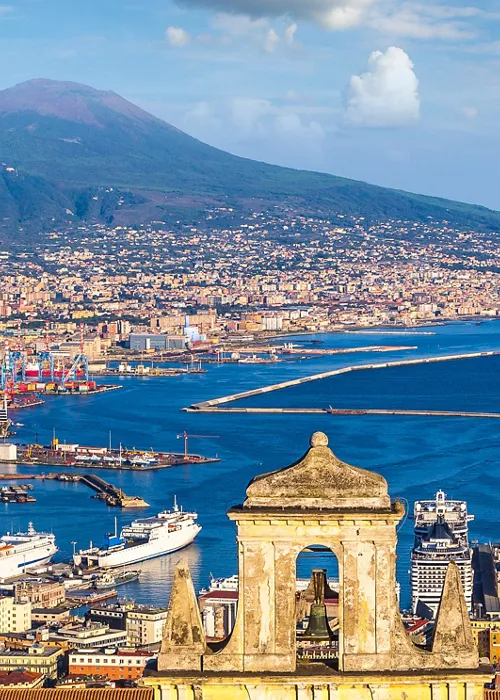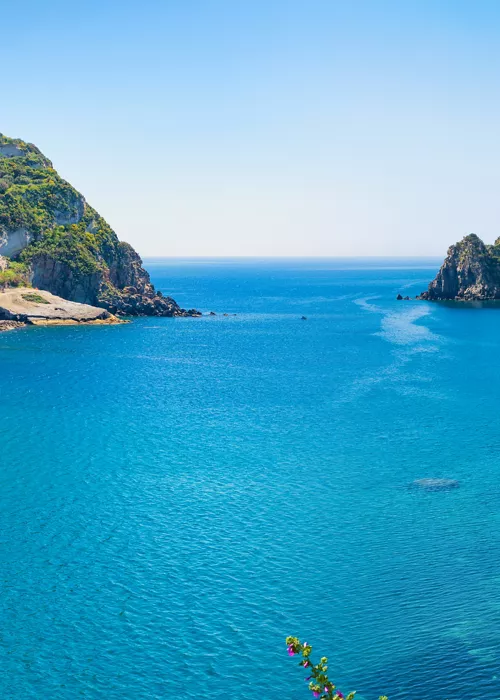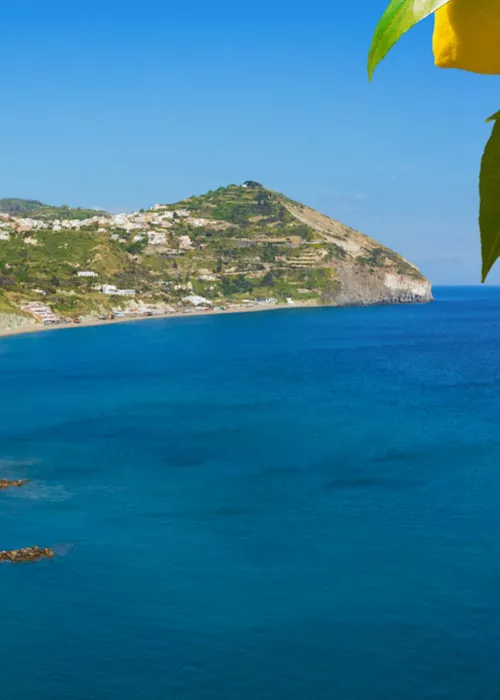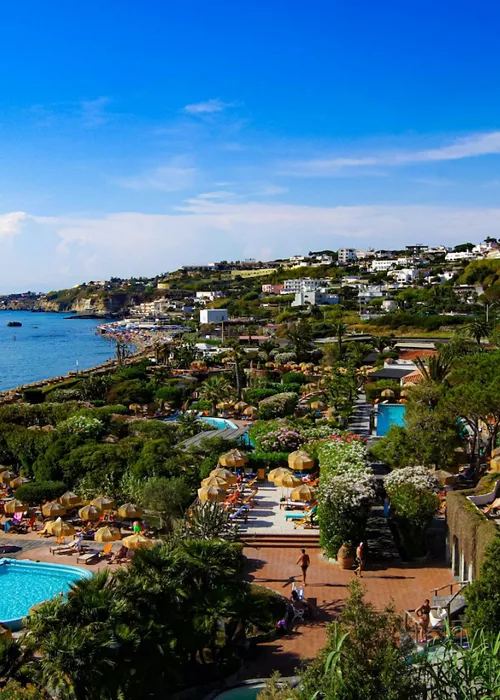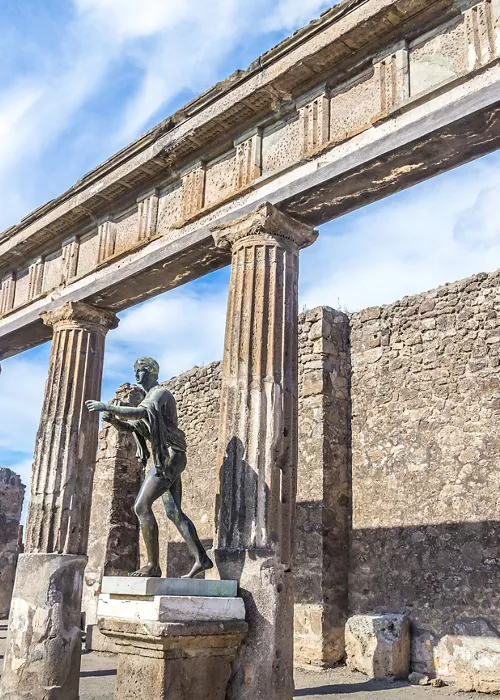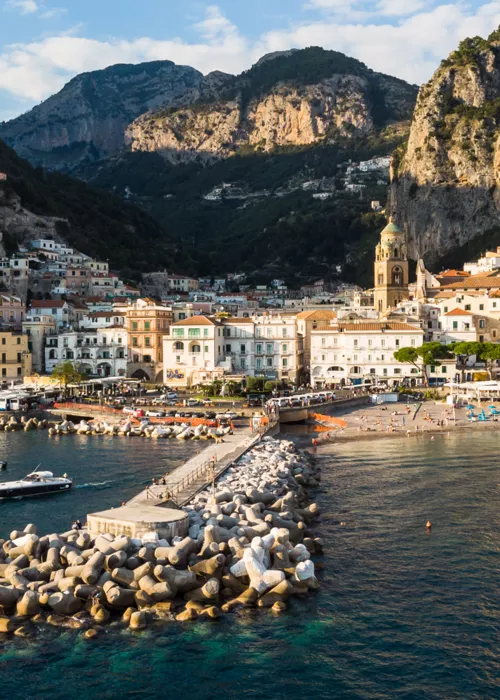Anton Dohrns’ Zoological Station, aquarium of our seas
3 minutes
Explore the ecosystem in the Gulf of Naples, discover the secret biodiversity of the Mediterranean sea. Understand what can happen due to climate change, in just one morning. Yes, it’s possible.
On the Riviera di Chiaia in Naples, you’ll find the Stazione Zoologica Anton Dohrn, the first, and therefore oldest public aquarium in Italy.
Are you ready for full immersion into the thirty tanks of the most important research institutions of marine biology?
Where underwater life has no secrets
The Anton Dohrn Zoological Station aquarium, displays and explains the lives of our seas inhabitants with the scientific rigor of an institution where 20 odd Nobel laureates were trained. It is the oldest aquarium of the 19th century that is still in business, and the only one exclusively dedicated to Mediterranean life forms.
The founder, German naturalist and zoologist Anton Dohrn, realised his dream of creating a research institute for the underwater world, in Naples. With considerable willpower, Dohrn managed to get a piece of land along the seashore, free of charge from the municipality, where he built the building at his own expense. He then developed ways to make the structure economically sustainable, by renting spaces or forging profitable collaborations with businesses. By doing this he was able to build this European cutting edge research centre.
In each tank a different Mediterranean habitat
The tanks in the Naples aquarium are all connected to the sea by an underground channel. This is thanks to a system designed 150 years ago, by an English engineer who worked on aquariums in London and Hamburg. Today you can still see the original tanks as well as new displays showing tropical coral reefs, a slightly different version of the Mediterranean.
Each tank tells the tale of a habitat: from the organisms that live where the waves break, exposed to the force of the sea, and the risk of drying out during low tide; the soundscape of coral formations; the sea caves teeming with life; the seahorse who swims vertically, the male who is “impregnated” by the female, who then keeps the eggs in a pocket until they hatch; the breeding structures of the moray eel designed by the Romans, kept conserved in the the archaeological area of Gaiola in Capo Posillipo.
Don’t miss out on the abyss by the coast or the octopus tank
Amazingly just 12 miles from the Naples seafront is one of the deepest submarine canyons in the Mediterranean, an abyss of 1,300 metre: marine biologists explored it for the first time in 2016, revealing the presence of giant oysters, which were thought to be extinct, and other life forms that adapted to an environment where the sun does not reach.
Lastly, there is there is the octopus tank. Their intelligence and behavior have been studied for decades at the Dohrn Institute.
Check out the library too: in addition to a collection of texts donated by Dohrn, publishers and scientists including Darwin, there are frescoes on the walls by German painter Hans von Marées. He portrayed scenes from the lives of Neapolitan fishermen.
Marine life becomes art in the Casina del Boschetto
In 2021 the zoological Institute was enriched with a new addition, the Darwin-Dohrn museum set up in the Casina del Boschetto, ex Press Club, a cultural centre dedicated to sharing the knowledge of the evolution of marine life. Via works of art, sculptures and historical biological artifacts, we learn about biodiversity and the importance of the oceans for the balance of the planet. Along the way you’ll come across the skeleton of a sperm whale - beached on the Campania coast - to explain what becomes of the giants of the sea when they reach the abyss.
Turtle point at Portici
If you are passionate about the sea, you can also visit a detached section of the Anton Dohrn Zoological Institute, located in the former municipal slaughterhouse
of Portici. Turtle Point is a research, conservation and learning centre dedicated to sea turtles. In addition to the research labs, you can visit the rehabilitation area for turtles injured due to human activities.
For more information

